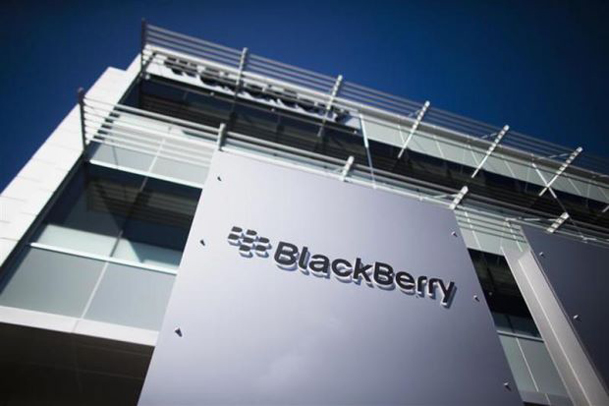BlackBerry shocked Wall Street on Thursday by delivering a much narrower loss than expected. The company is now growing its cash pile even though it is shipping fewer than 2 million phones per quarter. This stabilization is a feat in itself, but where is future sales growth going to come from? Messaging app system BBM is the best bet. It now has close to 100 million active users — but some decidedly worrisome trends have emerged in recent months.
Maybe the most alarming thing about BBM is that it seems to be losing its last toehold in affluent Western markets.
BBM downloads tanked in the U.S. after starting strong last November. Recently, BBM has also slipped outside the top 50 on the iPhone download charts in the U.K. and Canada, its Western strongholds. This is particularly distressing, because its cross-town Waterloo rival Kik has strengthened its grip on U.S. teen market, becoming a top 30 staple on the American iPhone download chart.
Another rival, Viber, has also improved its Western performance, burrowing into the top 40 iPhone charts in Australia, Belgium, U.K., Austria and Italy.
Since WhatsApp still reigns as the global app download leader while Snapchat, LINE and WeChat are strengthening in Latin America and Africa, BBM is in danger of slipping permanently into also-ran status. BlackBerry’s success now effectively hinges on Indonesia, South Africa and Nigeria. These are relatively poor countries, though BBM’s performance is remarkably strong, as it often holds top 3 download positions on both iOS and Android charts in these three markets.
But even if BBM can continue building strong market presence in Indonesia and Africa, can this translate into sales? That is where current trends are not too encouraging.
Even though BBM is the No. 1 iPhone app in Nigeria and No. 2 in Indonesia, its app revenue chart placement in these two markets is Nos. 164 and 346, respectively. BBM introduced sticker sales to its messaging service about three months ago. It does not look like this is delivering noteworthy revenue in any of BBM’s core markets.
It’s possible that BBM can introduce other in-app features that could generate better sales. But with similar messaging services such as Kakaotalk and LINE, strong early sticker sales were an indicator that their user bases were willing to spend money inside the messaging app. This phenomenon later expanded to game sales and even online retail services.
If BBM users in Asia and Africa are unwilling to buy paid stickers, does BBM have substantial revenue growth potential in the future?




